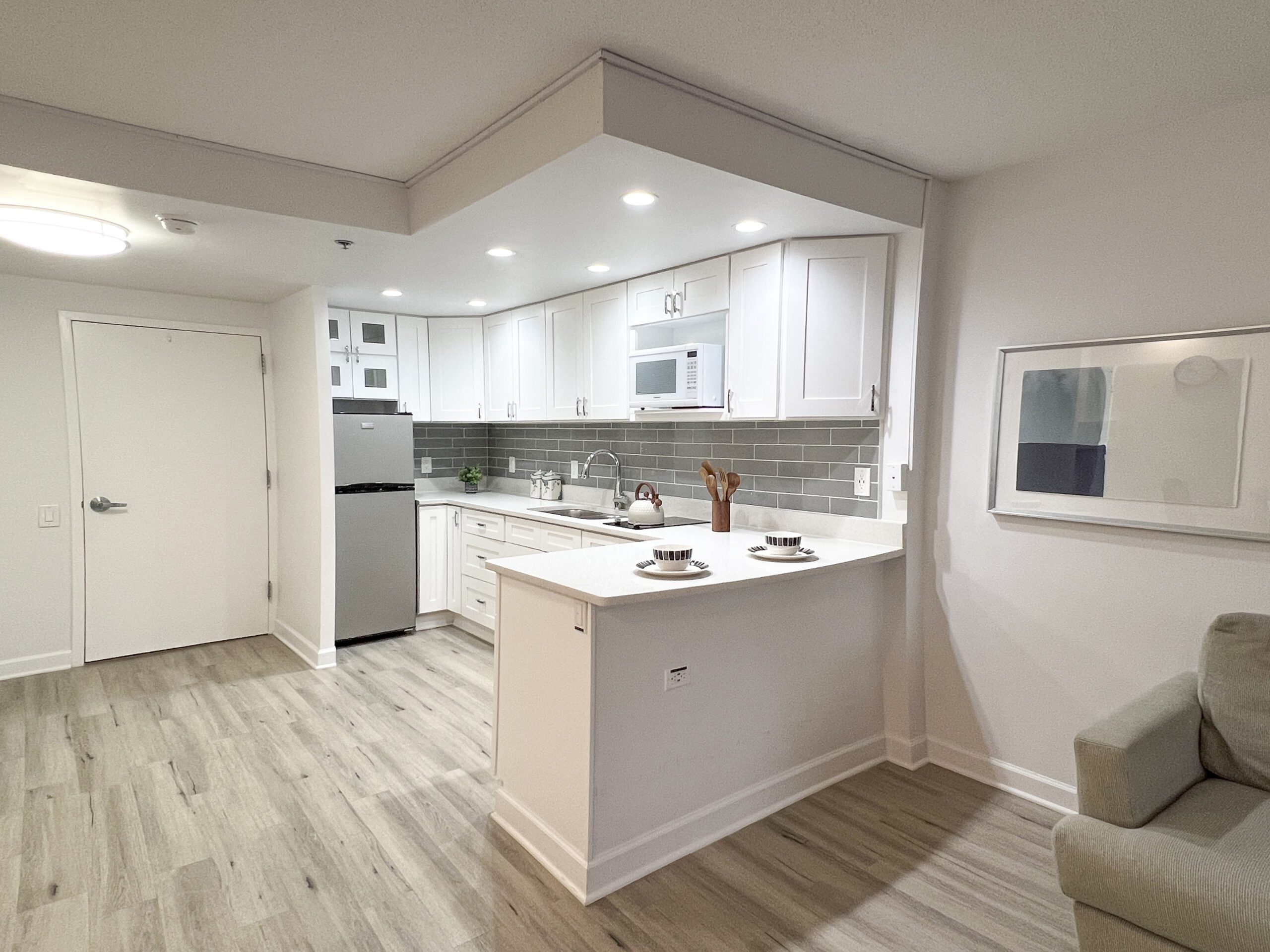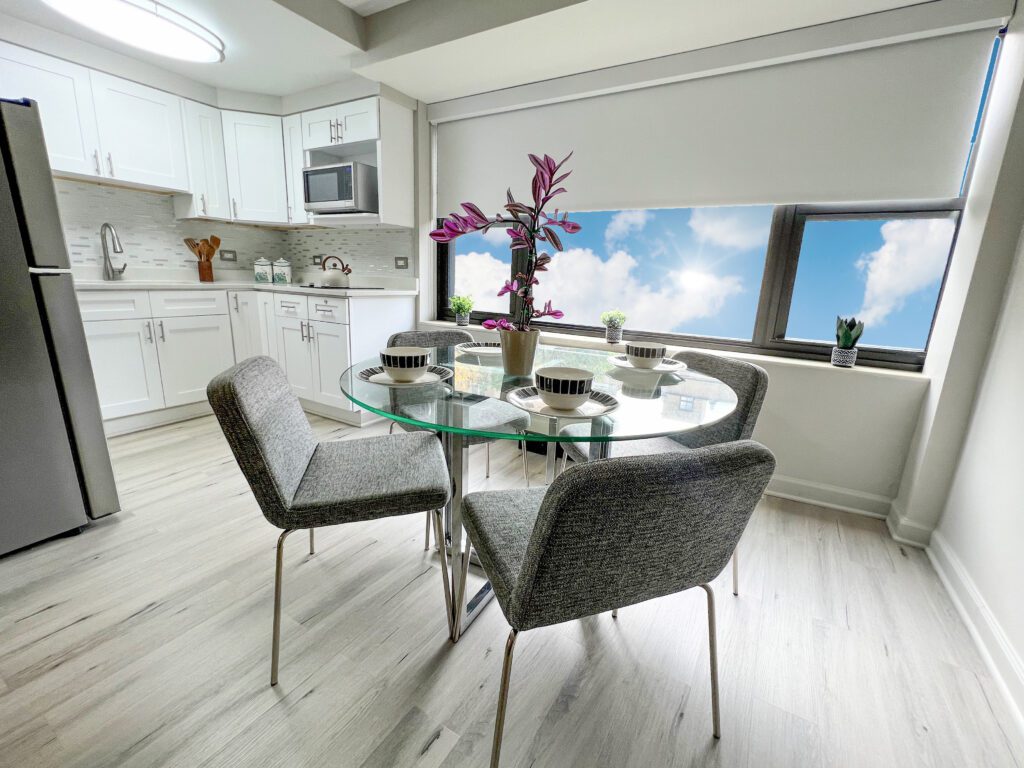Does My Mom Need Assisted Living or Memory Care?
By Efrat Dallal
You Ask. We Answer: What is the difference between Assisted Living and Memory Care
Senior Living communities offering Assisted Living services, such as The Selfhelp Home, provide a level of care and support for individuals who require help with activities of daily living (ADLs) but do not need the intensive medical care provided in nursing homes (skilled nursing). The type of care provided in assisted living typically includes:
Personal Care Services: Assistance with bathing, grooming, dressing, and other personal hygiene tasks.
Medication Management: Assistance with medication reminders, administration, and management to ensure residents take their prescribed medications correctly and on time.
Meal Preparation and Nutrition: Providing balanced meals and snacks tailored to residents’ dietary needs and preferences.
Housekeeping and Laundry Services: Regular cleaning of living spaces, as well as laundry services to ensure residents have clean clothing and linens.
Assistance with Mobility: Help with mobility and transferring, including assistance with walking, getting in and out of bed, and using mobility aids such as wheelchairs or walkers.
Social and Recreational Activities: Organized social events, outings, and recreational activities to keep residents engaged and stimulated mentally, physically, and socially.
24-Hour Supervision and Security: Staff members are available around the clock to provide assistance and ensure residents’ safety and security.
Transportation Services: Assistance with arranging transportation for medical appointments, shopping trips, and other outings.
Health Monitoring and Wellness Programs: Regular health assessments, monitoring of vital signs, and wellness programs to promote residents’ overall health and well-being.
Emergency Response: Access to emergency call systems and trained staff members who can respond quickly to medical emergencies.
Overall, the goal of assisted living is to provide a supportive and comfortable environment where residents can maintain their independence as much as possible while receiving the assistance they need to thrive.
Residents that receive Assisted Living services at Selfhelp live in residential apartments that vary in size from studio to one bedroom and den, residents furnish their own apartments to their liking. Each apartment has a kitchen with a microwave and an electric burner for light cooking. Three meals a day and snacks are provided along with housekeeping and laundry service. Bathrooms are designed with safety in mind, with grab bars and zero entry showers.
What does it mean to “Age in Place” ?
Residents may age in place at Selfhelp, meaning they can move into an apartment as an independent resident and later, down the road, when more care needs arise, they may begin to receive assisted living services in their same apartment without the need to move to a different unit in the building.
The Selfhelp Home provides a full continuum of care for its residents with 4 distinct levels of assisted living services and a skilled nursing unit for when Assisted Living is not enough. All under one roof, The Selfhelp Home meets the needs of its residents with a five-star rated short-term rehabilitation floor, outpatient therapy and onsite medical services.
Assisted Living is not Memory Care
Memory care and assisted living are both types of residential care settings designed to support individuals with varying levels of assistance. However, they cater to different needs:
Assisted Living: Assisted living facilities are intended for seniors who need some assistance with activities of daily living (ADLs) but do not require the high level of medical care provided in nursing homes. Residents in assisted living typically have more independence and may only need help with tasks such as bathing, dressing, medication management, or meal preparation. Assisted living facilities offer a social environment with communal dining areas, planned activities, and amenities like fitness centers or libraries.
Memory Care: Memory care, also known as Alzheimer’s care or dementia care, is a specialized form of long-term care designed specifically for individuals living with Alzheimer’s disease, dementia, or other memory-related disorders. Memory care facilities provide a safe and structured environment tailored to the unique needs of residents with memory impairments. Staff members are trained to handle the challenges associated with memory loss, including wandering, agitation, and confusion. Activities and programming in memory care units are often designed to stimulate cognitive function and promote engagement for residents with memory issues.
Some Key differences between memory care and assisted living include:
Staff Training: Memory care staff receive specialized training in dementia care techniques, whereas assisted living staff may have general training in elderly care but not necessarily specific training in memory-related disorders.
Environment: Memory care units are designed with features to enhance safety and prevent wandering, such as secured entrances and exits, while assisted living facilities may have more open layouts.
Programming: Activities and programming in memory care are often tailored to address the cognitive and emotional needs of individuals with memory loss, while assisted living may offer a broader range of activities catering to various interests and abilities.
Level of Care: Memory care provides a higher level of supervision and support for individuals with memory impairments, including assistance with tasks like toileting and eating, compared to assisted living, where residents may have more independence in these areas.
Overall, memory care is a specialized form of care within the broader spectrum of assisted living, specifically designed to meet the unique needs of individuals with memory-related disorders.
To learn more about Assisted Living at the Selfhelp Home in Chicago, visit our Assisted Living page here.
***
Take a tour of our 5-star facility! Contact us:
Ph: 773.985.5942
Email: [email protected]
Online: click here



